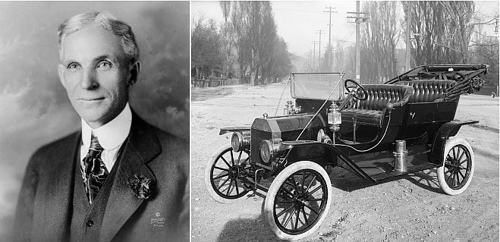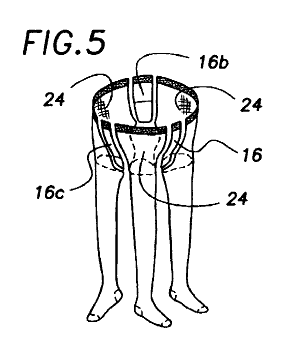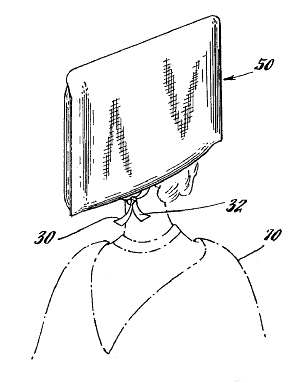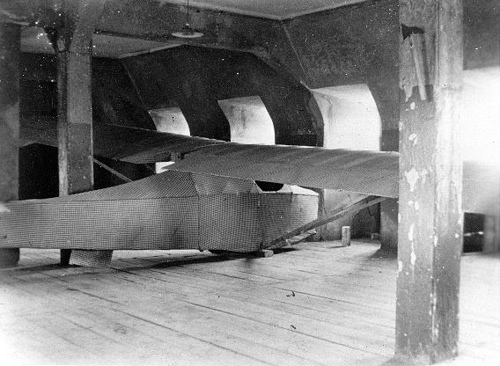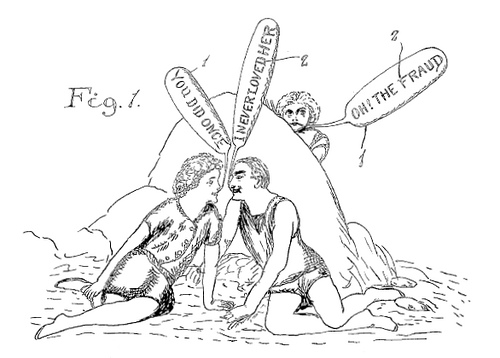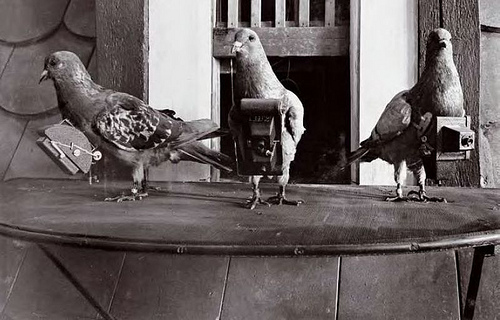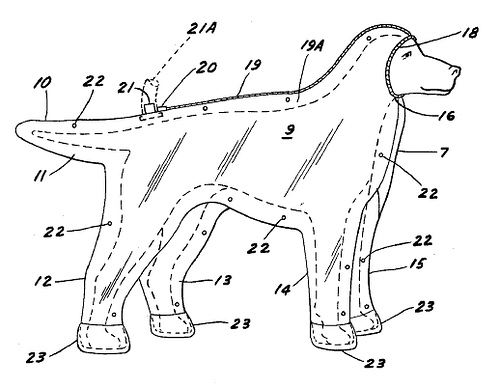From the examination of William Henry Preece, electrician to the British General Post Office, before the House of Commons’ select committee on lighting by electricity, May 2, 1879:
Q: … Do you consider that the telephone will be an instrument of the future which will be largely adopted by the public?
A: I think not.
Q: It will not take the same position in this country as it has already done in America?
A: I fancy that the descriptions we get of its use in America are a little exaggerated; but there are conditions in America which necessitate the use of instruments of this kind more there than here. Here we have a superabundance of messengers, errand boys, and things of that kind.

